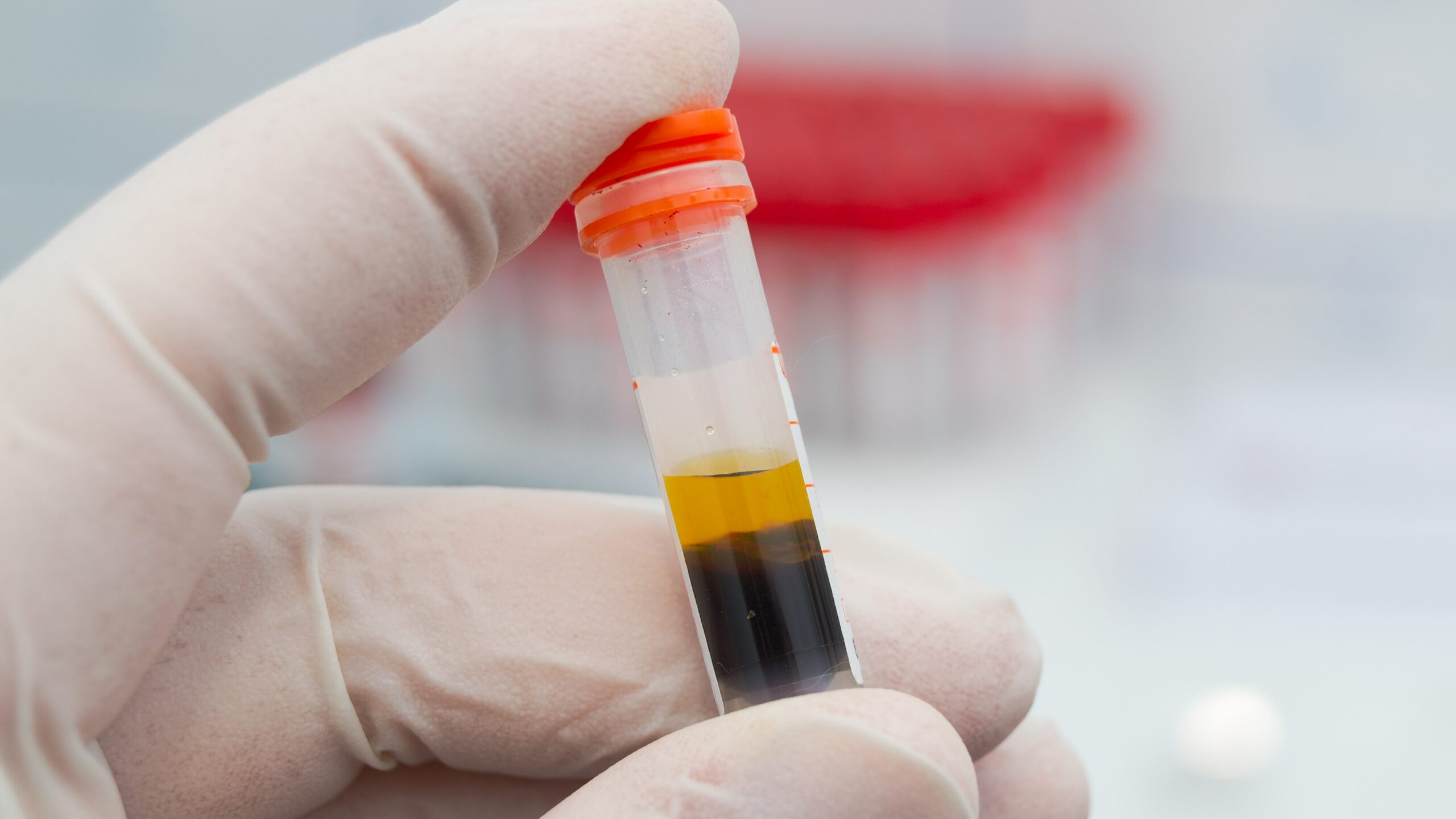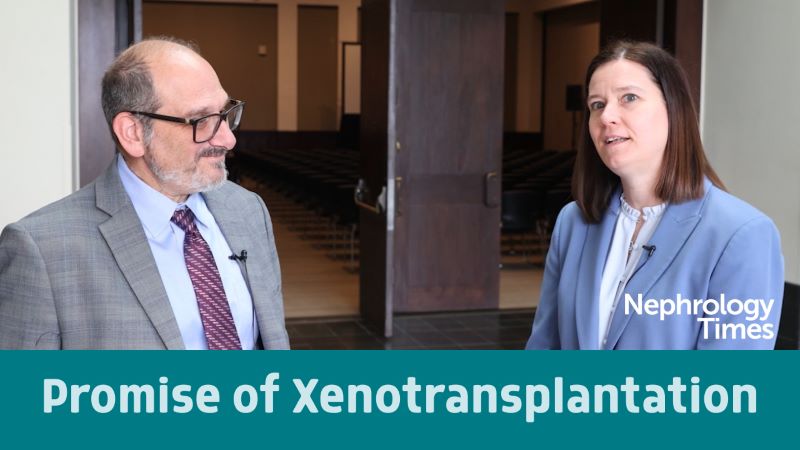
For patients with kidney failure, kidney
transplantation prolongs survival, improves quality of life, and reduces costs
compared with dialysis. However, according to Elizabeth M. Sonnenberg, MD, and
colleagues, there is a large gap between the demand for transplantation and
supply of organs available. Identification of centers that are associated with
the best outcomes of transplantation and encouraging patients to utilize those
centers is a potentially valuable strategy for maximizing the benefit of
transplantation.
Previous studies have shown an
association between improved outcomes and high-volume centers in a variety of
surgical fields. However, there are few data revealing an association between
kidney transplantation volume and survival. Dr. Sonnenberg et al. conducted a
retrospective cohort study to examine whether a center volume-outcome relationship
exists for contemporary kidney transplantation, specifically for recipients
with diabetes, recipients ≥65 years of age, and recipients of high kidney donor
profile index (KDPI ≥85) kidneys. The researchers sought to test the hypothesis
that compared with low-volume centers, high-volume centers would have decreased
graft failure and patient mortality. Results were reported in the American
Journal of Kidney Diseases [2019; 74(4):441-451].
The researchers utilized data from
the Organ Procurement and Transplantation Network to identify a cohort of
adults ≥18 years of age who underwent kidney-only transplantation between
January 1, 2009, and December 31, 2013. Transplantation centers were stratified
into quartiles: Q1, low (annual range, 2-65); Q2, medium (annual range, 66-110);
Q3, medium-high (annual range, 111-195); and Q4, high (annual range, 198-315). Centers
performing <10 transplantations during the study period were excluded. The
primary outcomes of interest were all-cause graft failure and mortality within
3 years of transplantation. Recipients of living and deceased donor organs were
analyzed separately.
The final cohort included 79,581
kidney transplantations performed at 219 centers. Deceased donor
transplantations constituted a lower proportion of transplantations at Q4
centers compared with Q1 centers (57.1% vs 67.1%; P<.001). Of their
total deceased donor volume, Q4 centers used a greater proportion of high-KDPI
kidneys compared with Q1 centers (12.5% vs 8.3%; P<.001).
There were slight variations in
patient characteristics among the volume quartiles. Deceased donor grafts at Q4
centers had longer cold ischemia times: 10.8% of grafts at Q4 centers had ≤36
hours compared with 1.1% of grafts at Q1 centers. There were also variations in
donor characteristics across volume quartiles. Deceased donor kidneys at Q4
centers had higher median KDPI score compared with those used at Q1 centers (53
vs 44; P<.001). Q1 centers used a larger proportion of donation after
cardiac death donors compared with Q4 centers (16.4% vs 13.6%; P<.001).
There were significant differences in
unadjusted 3-year all-cause graft failure and mortality rates across volume
quartiles. There were also significant differences across volume quartiles in
unadjusted Cox models. The differences were small in absolute terms. Unadjusted
rates of all-cause graft failure were 14.9% in Q1, 15.3% in Q2, 14.9% in Q3,
and 16.7% in Q4. Rates of mortality were 9.1% in Q1, 8.8% in Q2, 8.4% in Q3,
and 9.8% in Q4.
In analyses of graft failure, center
volume had a borderline statistically significant interaction with recipients
with diabetes (interaction term P=.05) and high-KDPI kidney recipients
(interaction term P=.05). There was no interaction between recipient age
and center volume for either outcome.
A total of 5128 recipients with
diabetes who received a deceased donor transplant (38.1% of all deceased donor
transplants) received care at a Q1 center; 3973 recipients with diabetes who
received a deceased donor transplant (35.3% of all deceased donor recipients)
were treated at a Q4 center. While not clinically meaningful, there were
significant differences across volume quartile in unadjusted 3-year all-cause
graft failure and mortality rates. The highest unadjusted rates of all-cause
graft failure were in Q4 centers (19.7% vs 18.4%, 18,1%, and 17.7% in Q1, Q2,
and Q3 centers, respectively; P=.02); rates of mortality were also
highest in Q4 centers (13.8% vs 13.2%, 12.6%, and 11.7% in Q1, Q2, and Q3
centers, respectively; P=.01).
Because low-volume centers
transplanted a larger proportion of deceased donor organs, all quartiles used a
substantial number of high-KDPI kidneys: 1117 at Q1 centers versus 1401 at Q4
centers. In unadjusted analysis of 3-year all-cause graft failure and mortality
rates of high-KDPI kidneys, the rates were lowest for Q3 centers: all-cause
graft failure in Q3 centers, 23.3% versus 26.5% for Q1 centers, 28.0% for Q2
centers, and 26.5% for Q4 centers; mortality in Q3 centers, 13.0% versus 16.0%
at Q1 centers, 17.5% at Q2 centers, and 15.0% at Q4 centers. There was no
significant effect of center volume on all-cause graft failure and mortality in
multivariable Cox frailty models.
There were some limitations to the
study, including unmeasured confounding from patient comorbid conditions and
organ selection and the potential for measurement errors in registry data.
In conclusion, the researchers said,
“This study found no evidence that increased center volume was associated with
improved outcomes for kidney transplant recipients. Importantly, this finding
remained consistent among increased-risk recipients and increased-risk donors.
For nephrologists, who influence where patients seek a transplantation
evaluation, these results would argue against referral to larger centers based on
volume alone. Other patient-specific considerations, such as proximity to
center, may matter more than center volume when selecting a center. Additional
research is needed to understand qualities and practices of transplantation
centers that generate superior outcomes for patients.”
Takeaway Points
- Researchers conducted a retrospective cohort study to test the hypothesis that high-volume kidney transplantation centers would generate superior outcomes compared with low-volume centers.
- In multivariable Cox regression models, there was no significant association between center volume and all-cause graft failure or mortality within 3 years post-transplantation.
- Transplant recipients with diabetes had slightly lower 3-year mortality rates at centers with medium-high volume compared with centers with low volume (adjusted hazard ratio, 0.85; 95% confidence interval, 0.73-0.99).







 © 2025 Mashup Media, LLC, a Formedics Property. All Rights Reserved.
© 2025 Mashup Media, LLC, a Formedics Property. All Rights Reserved.